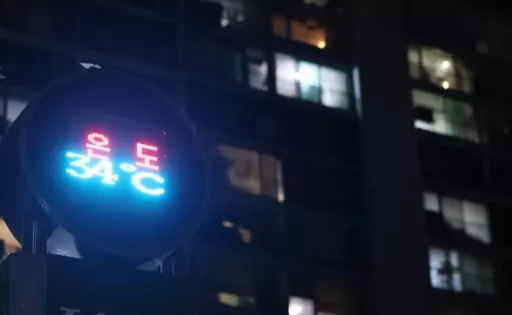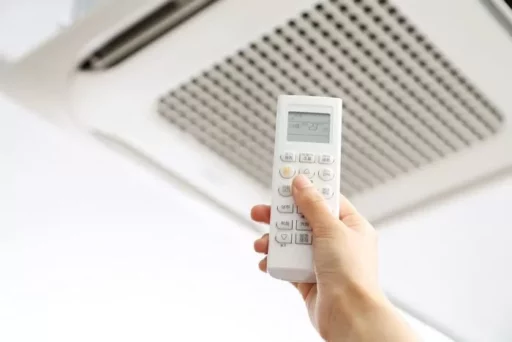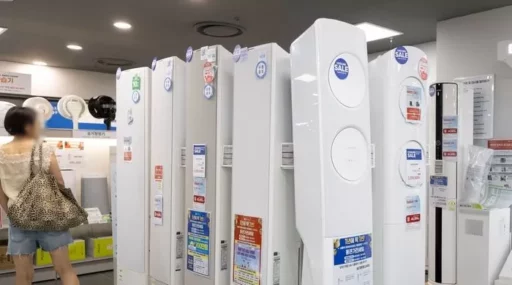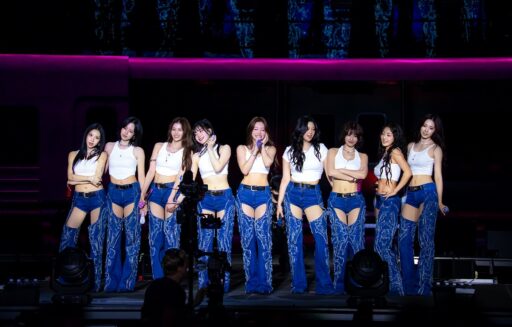Extreme Heat Leads to Record Power Demand
Due to an unprecedented heatwave and tropical nights, the average maximum power demand in July has reached an all-time high.
'Maximum power' refers to the peak power demand during the hours of the day when the demand is at its highest.
According to the power trading center's power statistical information system, the average maximum power last month was 85.0GW (gigawatts), marking a stunning 5.6% increase compared to the same period last year. This figure represents the highest level recorded for July since statistics began to be collected in 1993.

Even more astonishing is the fact that this number approaches 96.8% of the peak power demand recorded in August of last year (87.8GW), which had been the highest average monthly power demand in the past 33 years.
In particular, on July 8 at 6 PM, the maximum power demand surged to 95.7GW, setting a new record for July.
Longest Tropical Nights in 53 Years; Main Cause of Surge in Power Demand
The sudden increase in power demand can be attributed to the extreme heat that arrived earlier than usual this year.
According to the Korea Meteorological Administration, there were a total of 15 days last month where the highest daily temperature exceeded 33 degrees Celsius. This figure is more than four times the average number of heatwave days in July over the past 53 years (3.4 days), since records began in 1973.

The occurrence of tropical nights during the night hours was also severe. Last month, there were 23 continuous days where the minimum temperature remained above 25 degrees Celsius from 6:01 PM until 9 AM the next day. This record length has been the longest since records began in 1973.
As the sweltering heat persisted both day and night, there was a significant increase in the use of air conditioners and fans in households. Additionally, the cooling systems and cooling towers in industrial and commercial facilities, such as factories, department stores, and subways, also saw a considerable rise in operation.
Consequently, power demand naturally surged.

Power demand in July has shown a consistent upward trend over the past 15 years.
Until 2009, July power demand remained below 60GW, then it fluctuated between 60GW from 2010-2015, and exceeded 70GW starting in 2016. Notably, in 2023, power demand reached 79.2GW, continuing a three-year trend of annual increases.

According to the Korea Energy Agency, major reasons for the recent increase in power demand include rising heatwaves due to climate change, the electrification of various sectors, an increase in data centers, and the expanded adoption of heat pumps and electric vehicles.
In particular, the penetration rate of household air conditioners has exceeded 90%, significantly impacting the surge in power demand during the summer.
Image source: Data for understanding the article / gettyimagesbank, A thermometer in an apartment complex in Seoul shows 34 degrees Celsius on July 27, the night when tropical nights persisted for the 9th consecutive day. 2025.7.27 / News1, Recently, air conditioner sales have soared amid record heat. July marked a record high of 23 days of tropical nights in Seoul, the most in 117 years, and forecasts of extreme heat for August suggest that the popularity of air conditioners will continue for some time. / News1


